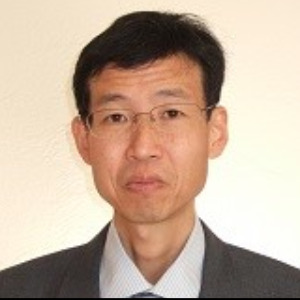Risk Management (Nano-Governance)
Risk assessment of Nanobiotechnology is an important part of the development of new Nanobiotechnology and products. Nanobiotechnology are materials with at least one dimension in the nanoscale range (1–100 nm). These materials have unique properties that make them attractive for use in industrial and consumer products. However, the unique properties of Nanobiotechnology may also present health and environmental risks, so risk assessment is essential for ensuring their safe use. Risk assessment of Nanobiotechnology is a multidisciplinary process that involves gathering and analyzing data from toxicology, toxicokinetics, and exposure studies. Data from these studies is used to estimate the potential risks posed by a nanomaterial. This process typically begins with a hazard assessment, which involves identifying the potential adverse effects of a nanomaterial. Next, a risk characterization evaluates the likelihood that a nanomaterial will cause harm and estimates the magnitude of the risk. Finally, a risk management plan is developed to reduce or eliminate the identified risks. Risk assessment is an ongoing process that is conducted throughout the product development process.

Harry Ruda
University of Toronto, Canada
Raman Singh
Monash University, Australia
Paulo Cesar De Morais
Catholic University of Brasilia, Brazil
Xiao Hong Nancy Xu
Old Dominion University, United States
S V A R Sastry
Harcourt Butler Technical University, India
Vinayak Adimule
Angadi Institute of Technology and Management, India



Title : 40,000 implants in humans and no failure: The impact of nanomedicine
Thomas J Webster, Hebei University of Technology, China
Title : Cellulose-derived biochar modified with iron oxide and ZnO nanoparticles by a novel one-step pyrolytic method for removal of emerging contaminants from water
Rashad Al Gaashani, Hamad Bin Khalifa University, Qatar
Title : Harnessing the unique properties of engineered nanostructures for sensing
Harry Ruda, University of Toronto, Canada
Title : Circumventing challenges in developing CVD graphene on steels for extraordinary and durable corrosion resistance
Raman Singh, Monash University, Australia
Title : Nano DAP augments productivity, phosphorus use efficiency, and profitability of spring wheat in India
Binaya Kumar Parida, Coromandel International Ltd, India
Title : Lipid nanoparticles formulations: From bench scale to industrial scale
Mohammad A Obeid, RAK Medical and Health Sciences University, United Arab Emirates